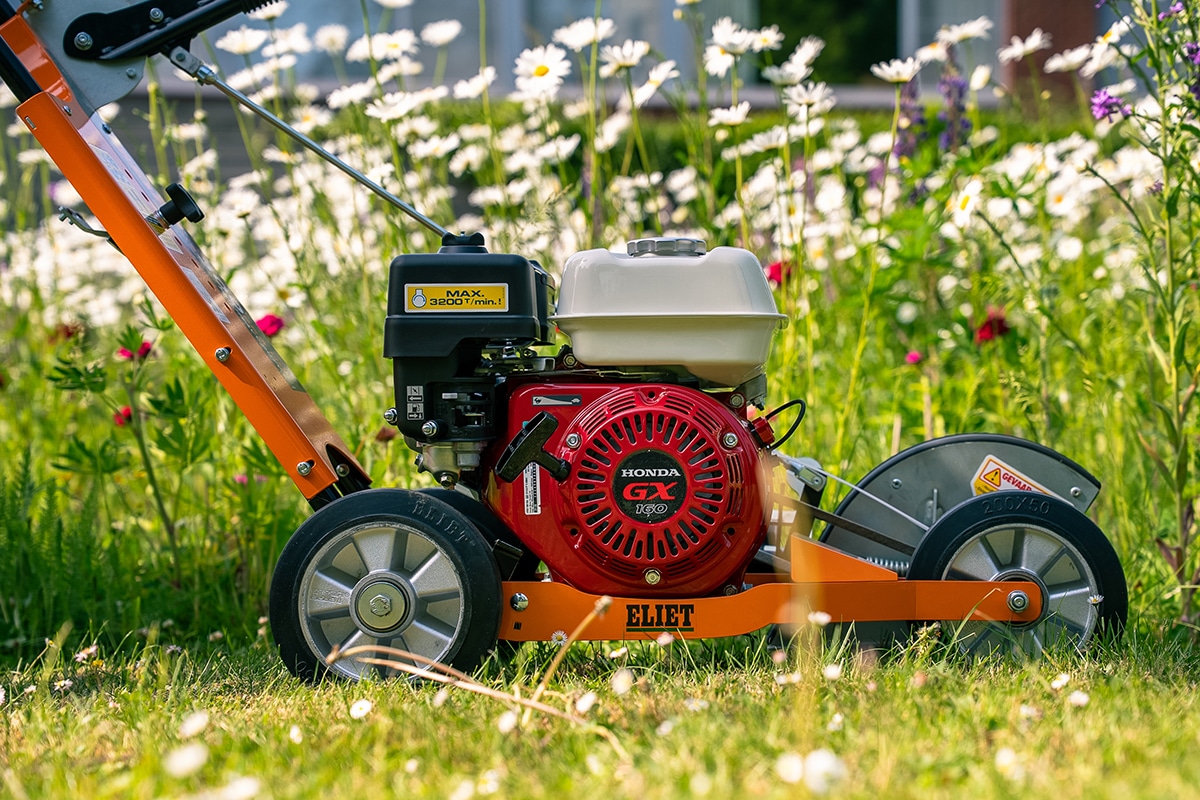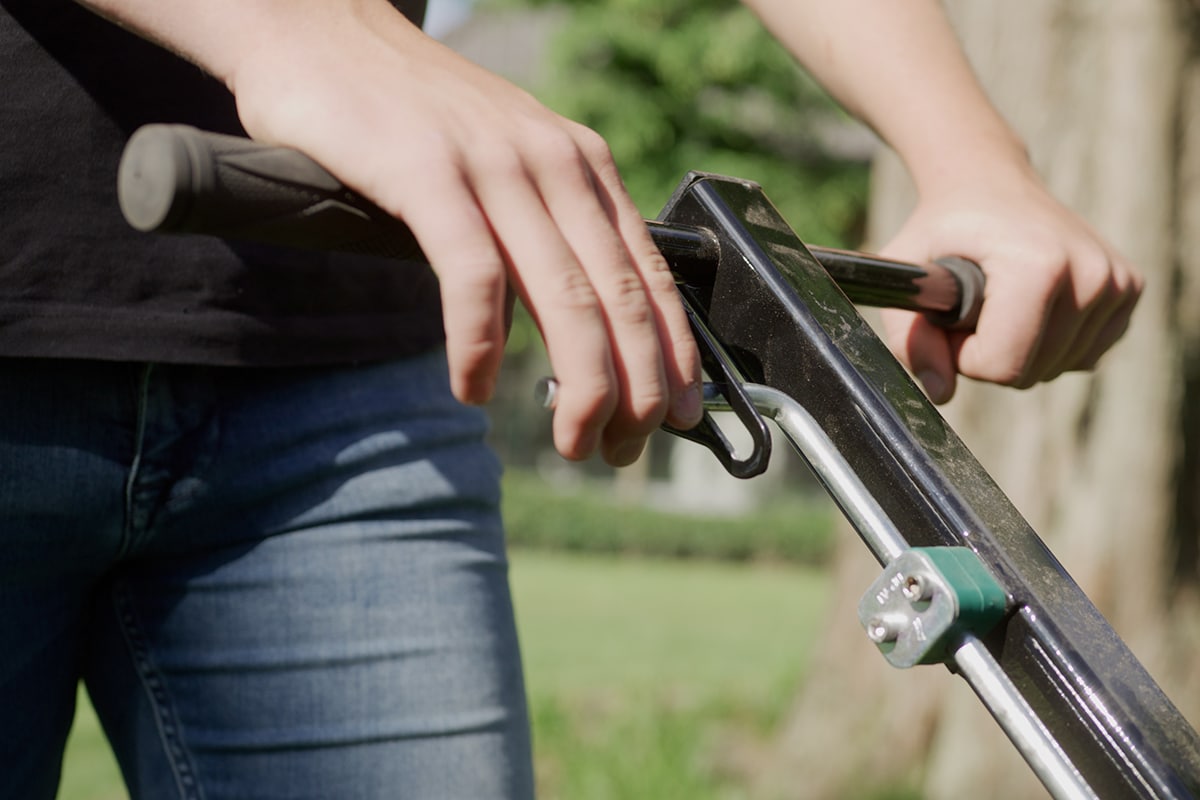
Professional tree consultant essential for health
Back in 2000, the Practical Center for Agriculture and Horticulture recognized the need for tree care training. Since then, a whole generation of professional arborists has graduated from the PCLT; many of them obtained the European Treeworker Certificate. One of them is Dirk Berteyn: "The importance of our profession can hardly be overestimated."

From planting to dying off
Dirk Berteyn, tree consultant, Certified European Treeworker and wind load analyst was first self-taught. He took a number of specialized courses, both in Germany and in the Netherlands, and has been working as an arborist since 1983. Meanwhile, he is also a long-time lecturer at the PCLT.
"The importance of our profession can hardly be overstated," says Berteyn. "Unlike an arborist, who only intervenes in acute problems, we take care of trees throughout their entire life cycle, from planting to death. In this way, we maintain greenery optimally, even in an urban context, and ensure a natural and livable society."

Better prevention than cure
"The most important life stage of a tree is in the first 10 to 15 years of life. Proper care and follow-up during that period is decisive for the health and longevity of the tree. Timely adjustments avoid problems afterwards. Again, prevention is better than cure."
"When planting trees, we should always ask ourselves some fundamental questions first. Am I planting the right tree in the right place? What about the soil conditions? And what final image do I have in mind? In combination with regular monitoring, we can thus guarantee a healthy stock of trees in the long term. Keeping trees alive is one thing, we also have to have the courage to fell trees if necessary. This because of infectious infestations, or to increase the chance of survival of other, more valuable trees."

Trees in an urban context
"Urban greenery is vital. Trees in our cities and towns often get a hard time, due to exhaust fumes for example, compacting of the subsoil, or water shortage. Here, too, timely intervention and provision is the message. And this especially since the average age of such trees has fallen over time to only 25 years. Preserving trees in construction projects, for example, is currently a strong concern."
"We can also prevent the spread of infectious infestations, for example, by avoiding monoculture. In a number of European cities, boulevards and avenues flanked by uniform rows of trees are disappearing and being replaced by a varied planting of different tree varieties," Berteyn argues.
Impact of climate change
Global warming has also affected the arborist profession in recent years. More and more, the need to plant trees from a temperate Mediterranean climate zone in our area is being felt. In order to better protect native trees, some cities are already using sensors that measure the humidity of the soil and automatically water when needed, without wasting water.
Dirk Berteyn puts his expertise as an arborist at the service of national and international clients on a daily basis, contributing to a green and healthy living environment. In addition, he enthusiastically passes on his knowledge and experience to students of the arborist training program at the PCLT.



